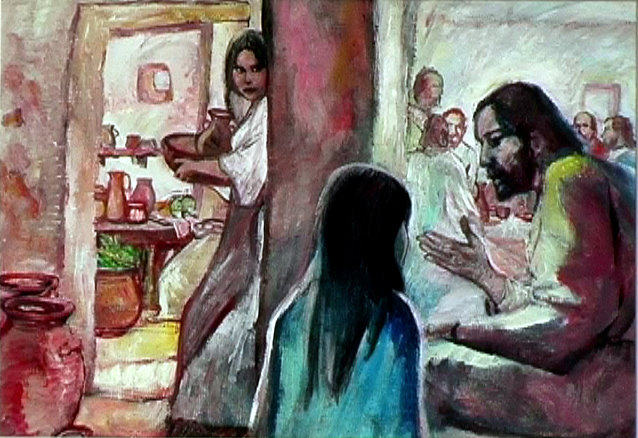Margaret Starbird writes this morning:

Elizabeth Schrader, [aka singer-songwriter Libbie Schrader] whose “Magdalene Song” is dear to my heart, has just had a paper published in the Harvard Review at this link: Was Martha of Bethany Added to the Fourth Gospel in the Second Century?  (abstract below)
This study examines the text transmission of the figure of Martha of Bethany throughout the Fourth Gospel in over one hundred of our oldest extant Greek and Vetus Latina witnesses. The starting point for this study is instability around Martha in our most ancient witness of John 11–12, Papyrus 66. By looking at P66’s idiosyncrasies and then comparing them to the Fourth Gospel’s greater manuscript transmission, I hope to demonstrate that Martha’s presence shows significant textual instability throughout the Lazarus episode, and thus that this Lukan figure may not have been present in a predecessor text form of the Fourth Gospel that circulated in the second century. In order to gain the greatest amount of data on the Fourth Gospel’s text transmission, I rely on several sources. Occasionally these sources conflict in their rendering of a variant; I have tried to make note of these discrepancies and look at photographs of witnesses whenever possible. Although this study is primarily focused on Greek and Vetus Latina witnesses, an occasional noteworthy variant (e.g., from a Syriac or Vulgate witness) may be mentioned when relevant to the subject at hand. The work of many established redaction critics, who have already hypothesized that Martha was not present in an earlier form of this Gospel story, will also be addressed.
Read the whole Master’s Degree Thesis here:Â Was Martha of Bethany Added to the Fourth Gospel in the Second Century?